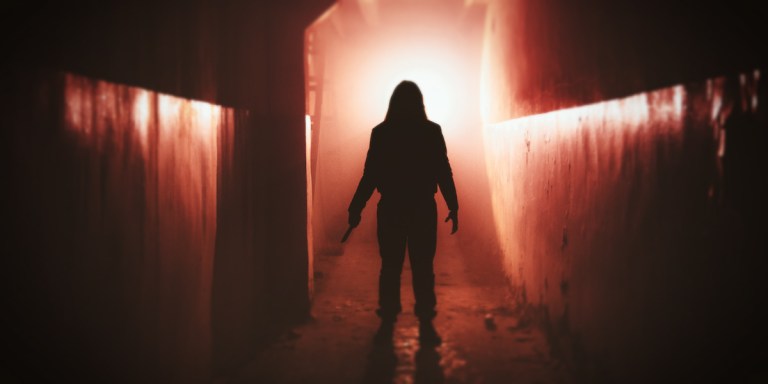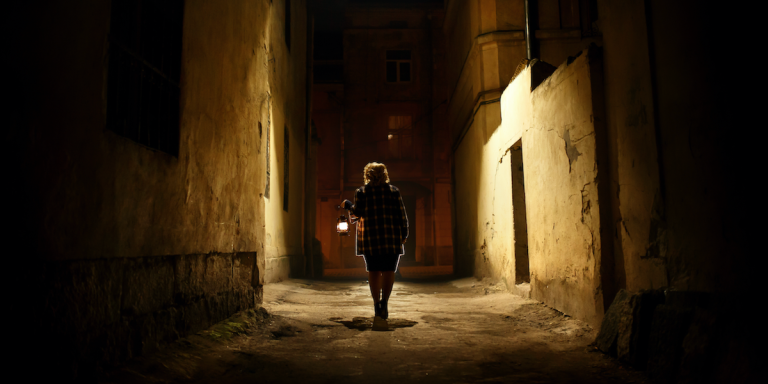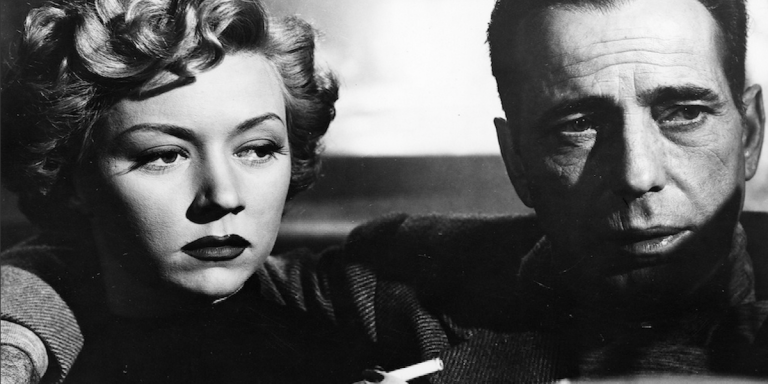The Mystique of the Femme Fatale
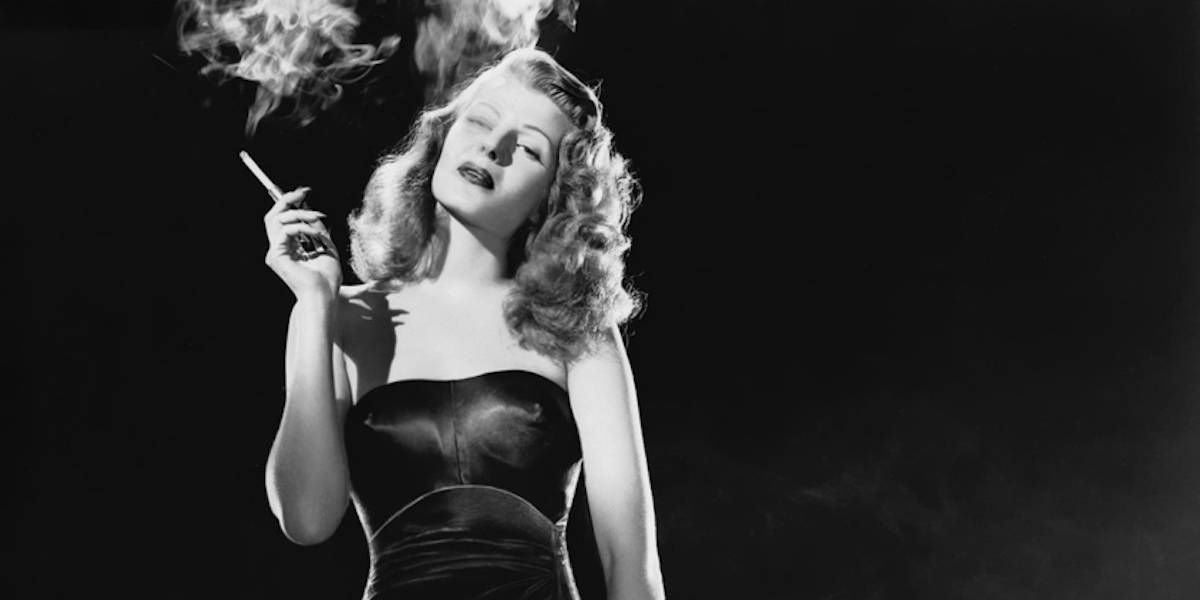 No noir film, crime film, or work of crime fiction is truly complete without the inclusion of a femme fatale. The ever-elusive and incredibly magnetic femme fatale character is a staple of crime novels, especially noir crime. The name “femme fatale,” when translated directly from French, means a “disastrous or deadly woman.” And yet, despite that being a pretty negative descriptor for a character, the femme fatale has been a compelling part of history and literature for probably a lot longer than you’d imagine. But what is the history of the femme fatale, and how did she become such a standard trope of crime fiction movies and books?
No noir film, crime film, or work of crime fiction is truly complete without the inclusion of a femme fatale. The ever-elusive and incredibly magnetic femme fatale character is a staple of crime novels, especially noir crime. The name “femme fatale,” when translated directly from French, means a “disastrous or deadly woman.” And yet, despite that being a pretty negative descriptor for a character, the femme fatale has been a compelling part of history and literature for probably a lot longer than you’d imagine. But what is the history of the femme fatale, and how did she become such a standard trope of crime fiction movies and books?
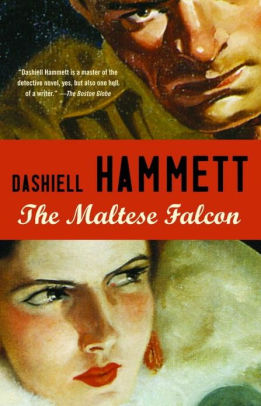 Traditionally speaking, a femme fatale is a woman who uses her sexuality as a means to gain power over men, often destroying them in the process. By that definition, many characters like this have appeared in stories, folklore, and mythology throughout history. For instance, even Biblical figures such as Delilah, Jezebel, and Salome might be considered femme fatales. The pervasiveness of this character type likely has a lot to do with the fear and mystery surrounding female sexuality in many cultures.
Traditionally speaking, a femme fatale is a woman who uses her sexuality as a means to gain power over men, often destroying them in the process. By that definition, many characters like this have appeared in stories, folklore, and mythology throughout history. For instance, even Biblical figures such as Delilah, Jezebel, and Salome might be considered femme fatales. The pervasiveness of this character type likely has a lot to do with the fear and mystery surrounding female sexuality in many cultures.
The classic femme fatale that we recognize from noir films and crime fiction evolved from these earlier interpretations of mysterious female sexuality and prowess. In the 1940s with noir films like The Postman Always Rings Twice and The Maltese Falcon, we began to see the femme fatale character develop into a woman who may seem innocent at first glance. She enters the story appearing vulnerable, seeking the male protagonist’s help. It’s almost as if the femme fatale character is setting a trap, and once the male protagonist falls for her and does what he can to help her, he’s too deeply caught in her web to escape.
So what are some classic examples of the femme fatale character? In the 1940 crime fiction novel The Bride Wore Black by Cornell Woolrich, there’s Julie, a mysterious woman who leaves her home and changes her identity. Over the next few years, she encounters many different men who become completely enamored with her, and she kills them all. Then there’s The Black Dahlia by James Ellroy. In this classic noir detective novel based on a true crime, we meet Madeleine Linscott, a woman from a wealthy family who looks disturbingly similar to the brutally murdered aspiring actress Elizabeth Short. But Madeleine is not nearly as innocent as she first appears.
While we can (and should) still appreciate femme fatale characters like The Bride Wore Black‘s Julie and The Black Dahlia‘s 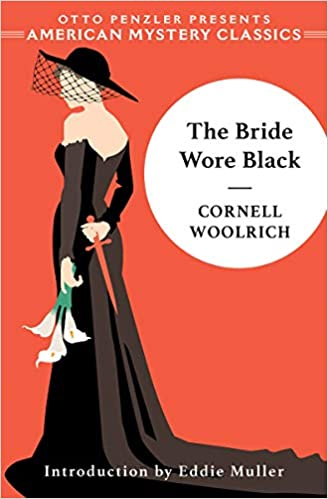 Madeleine, as the years have passed, readers and moviegoers have been looking for more nuanced female characters that aren’t simply pure innocence or pure evil. More importantly, newer femme fatale characters have moved away from narratives that suggest female sexuality is dangerous.
Madeleine, as the years have passed, readers and moviegoers have been looking for more nuanced female characters that aren’t simply pure innocence or pure evil. More importantly, newer femme fatale characters have moved away from narratives that suggest female sexuality is dangerous.
One of the first characters who turned the femme fatale character on its head was surprisingly a cartoon. Who Framed Roger Rabbit was a 1988 live action/animated comedy that featured femme fatale Jessica Rabbit, a sexy cartoon woman who was married to a cartoon rabbit (yes, really) and famously spoke the line, “I’m not bad, I’m just drawn that way,” with a red-lipsticked pout. The whole film was a satirical take on the noir film genre, but Jessica Rabbit really forced viewers to reexamine the assumptions we make about women who flaunt their sexuality. And people paid attention.
A great recent example of a femme fatale character is Amy Dunne from Gillian Flynn’s novel Gone Girl. What makes Amy such a perfect contemporary femme fatale character is the way the character uses assumptions people have about women and victimhood to get what she wants. She is manipulative in an intelligent, methodical way, and that makes her a fascinating entry into the long tradition of femme fatale characters.
Our ideas of what women can and can’t do when it comes to power and sexuality have evolved since the early days of the femme fatales. But the femme fatale character continues to be a welcomed and beloved trope in crime fiction.
What to Read Next
By clicking 'Sign Up,' I acknowledge that I have read and agree to Hachette Book Group’s Privacy Policy and Terms of Use
